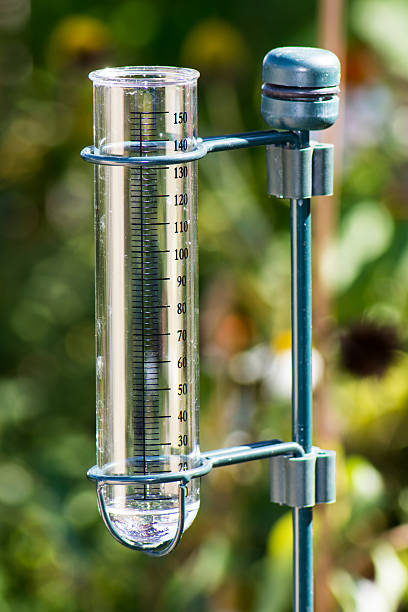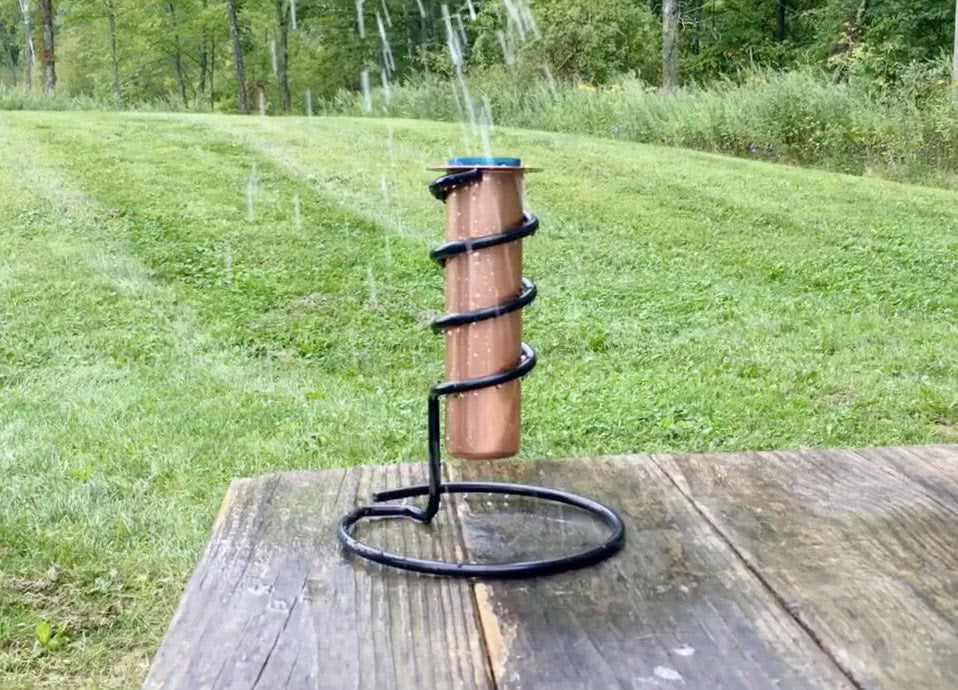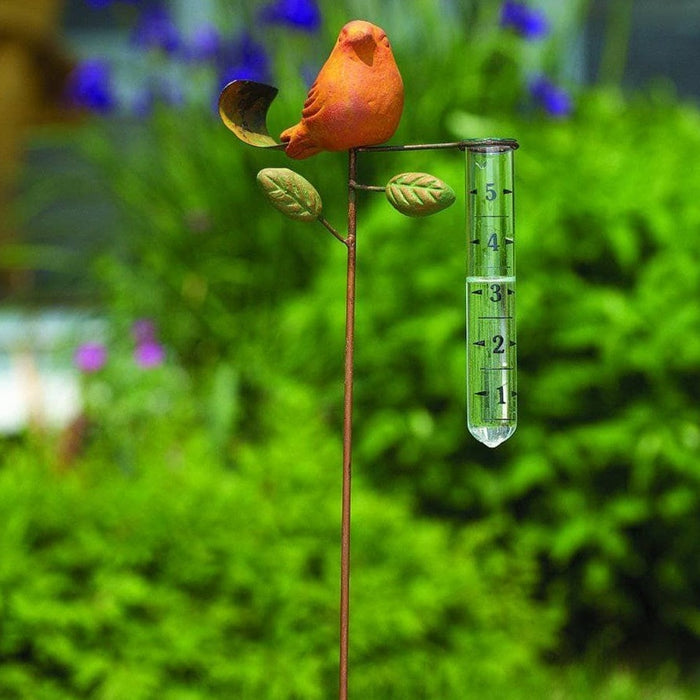The Rain Gauge: Enhancing Agricultural and Environmental Monitoring Efforts
The Rain Gauge: Enhancing Agricultural and Environmental Monitoring Efforts
Blog Article
How to Select the Right Rainfall Scale for Accurate Rain Information
Exact rains information is important for different markets and activities, such as weather forecasting, farming, and water resource administration. To acquire trusted dimensions, it is vital to choose the right rain scale. This overview aims to give beneficial understandings into the selection process, allowing you to make educated decisions. Thinking about variables such as area, type, and precision of the rainfall scale will aid ensure exact information collection. Furthermore, recognizing the maintenance and calibration procedures will add to the long life and dependability of your rain scale. By adhering to these guidelines, you can guarantee precise rains information, enabling better decision-making and preparation for different applications.
Value of Selecting the Right Rainfall Gauge
The importance of choosing the best rain scale lies in getting specific and trustworthy rainfall data for accurate atmospheric evaluation. Rainfall data is important for a vast array of applications, consisting of weather condition forecasting, hydrological modeling, and environment research. Undependable or imprecise information can cause wrong conclusions and flawed decision-making processes.

Second of all, the accuracy and accuracy of the rain scale are vital. The gauge needs to be able to determine rains with high precision, capturing even tiny amounts of precipitation precisely.
Furthermore, the area and setup of the rain scale are essential factors to consider. It ought to be placed in an open area, far from obstructions that can affect rains dimensions. The gauge should be positioned at an appropriate elevation and angle to avoid splashing and guarantee correct catchment of rainwater.
Aspects to Consider When Selecting a Rainfall Gauge
When choosing a rain gauge, there are a number of essential variables to think about. There are different types offered, consisting of common rainfall evaluates, tipping bucket rain determines, and evaluating rain determines.
Another aspect to take into consideration is the material of the rainfall scale. Rainfall determines can be constructed from numerous materials, such as plastic, metal, or glass. The product picked need to be resilient and resistant to climate condition, ensuring that the rainfall gauge will endure the elements and provide precise measurements over time.
Precision is additionally a critical aspect to take into consideration. Seek rainfall evaluates that have been calibrated and tested for accuracy. Features such as anti-splash rings and funnels can also improve the precision of the dimensions.

Finally, consider the environment and setting in which the rain scale will be used. Different rain determines appropriate for different environments, so it is very important to pick one that is appropriate for the conditions in your location.
Different Kinds of Rain Determines Available
To even more check out the elements to take into consideration when picking a rainfall gauge, it is essential to understand the different types of rain determines readily available. The most typical type is the basic rainfall scale, likewise recognized as the cylindrical rainfall gauge.
One more kind of rainfall scale is the tipping bucket rainfall scale. This gauge uses a seesaw-like device to accumulate and determine rainfall. As the rain comes under the gauge, it fills one side of the bucket, causing it to clear the water and tip. The number of suggestions is counted online to determine the quantity of rainfall. Tipping bucket rainfall evaluates are prominent for their precision and capacity to gauge rains intensity.
A third sort of rain scale is the weighing rainfall gauge. This scale utilizes a balance system to gauge the weight of the collected rains. As the rainfall falls under the gauge, it is accumulated in a container linked more info here to an equilibrium. The weight of the water is determined, and the rains amount is determined based upon the weight. Evaluating rainfall evaluates are extremely precise however can be a lot more pricey and need normal upkeep.
Ultimately, there are also remote rainfall gauges that usage progressed technology to determine rains (The Rain Gauge). These evaluates usage sensing units and transmitters to send data wirelessly to a central system. Remote rainfall gauges are practical for monitoring rainfall in check these guys out hard-to-reach areas or for large-scale information collection
How to Figure out the Precision of a Rain Gauge
One method to analyze the accuracy of a rain gauge is by carrying out normal calibration measurements. Calibration involves comparing the readings of a rain scale to a basic measurement, such as a licensed rainfall scale or a weather terminal with high precision. By contrasting the measurements, any inconsistencies or mistakes in the rain gauge can be determined and represented.
To perform a calibration dimension, beginning by accumulating rains data from both the rain gauge and the common dimension gadget over a details time duration, such as a month. Contrast the analyses and calculate the difference in between them. This distinction is referred to as the calibration error.
It is necessary to note that calibration dimensions should be performed on a regular basis, as ecological factors, such as wind, particles, and temperature, can affect the precision of the rainfall gauge with time. By performing routine calibrations, any kind of modifications in the accuracy of the rainfall gauge can be spotted and changes can be made appropriately.
Along with calibration, it is likewise recommended to tidy and maintain the rainfall gauge routinely to ensure its accuracy. Get rid of any particles or obstructions that might affect the precision of the dimensions, and inspect for any kind of indications of damages or wear that might require fixings or substitute.
Tips for Preserving and Adjusting Your Rain Scale
Regular maintenance and calibration are important for guaranteeing the accuracy and dependability of your rainfall gauge in determining rains data (The Rain Gauge). By following a few straightforward suggestions, you can guarantee that your rainfall gauge is properly preserved and calibrated
First of all, it is essential to clean your rain scale routinely to avoid any debris or dust from blocking the rainfall collection mechanism. Make use of a soft brush and a mild detergent to carefully cleanse the within and beyond the scale. Rinse it completely with tidy water and permit it to completely dry completely before reinstalling it.
Secondly, it is suggested to calibrate your rainfall scale at the very least as soon as a year. Calibration involves contrasting the dimensions of your rain gauge with those of a trusted and accurate reference gauge. This will assist you determine and remedy any kind of possible mistakes in your rainfall scale's measurements.
To adjust your rain scale, gather a known volume of water utilizing a determining container and compare it with the measurements taped by your rainfall gauge. Readjust the analyses accordingly to make certain accuracy.

Conclusion
To conclude, choosing the best rain gauge is crucial for getting exact rainfall information. Variables such as area, budget plan, and purpose need to be thought about when picking a rainfall gauge. There are different kinds of rain determines offered, each with their very own benefits and limitations. It is very important to regularly preserve and adjust your rain gauge to guarantee find more its precision. By complying with these standards, precise rains data can be acquired for numerous applications.
There are different kinds readily available, consisting of conventional rainfall assesses, tipping bucket rainfall assesses, and evaluating rain evaluates.To even more check out the elements to think about when selecting a rain gauge, it is important to recognize the various kinds of rain evaluates offered. The most common type is the typical rainfall scale, likewise understood as the cylindrical rain scale.An additional kind of rainfall scale is the tipping container rainfall gauge. Calibration involves comparing the readings of a rain gauge to a typical dimension, such as a qualified rainfall gauge or a weather condition station with high accuracy.
Report this page